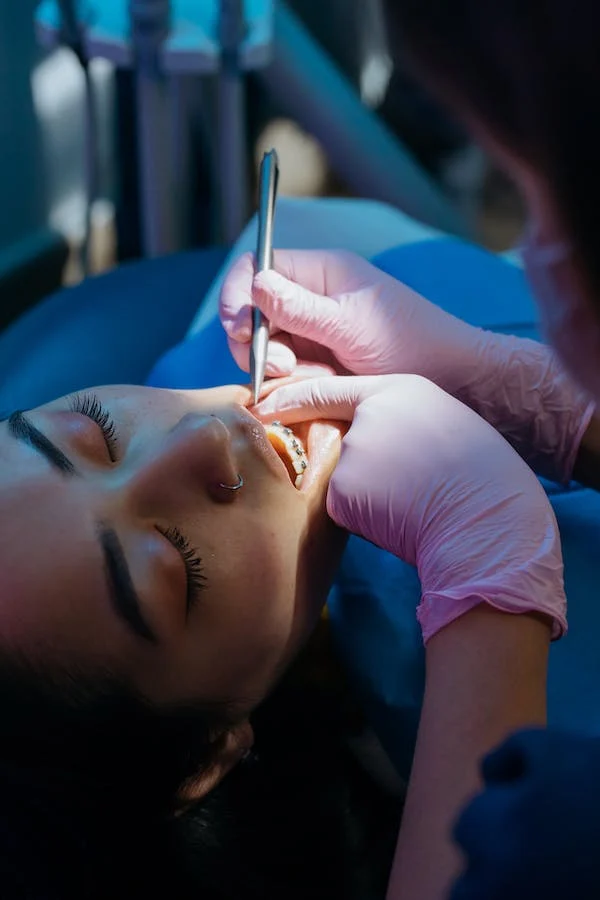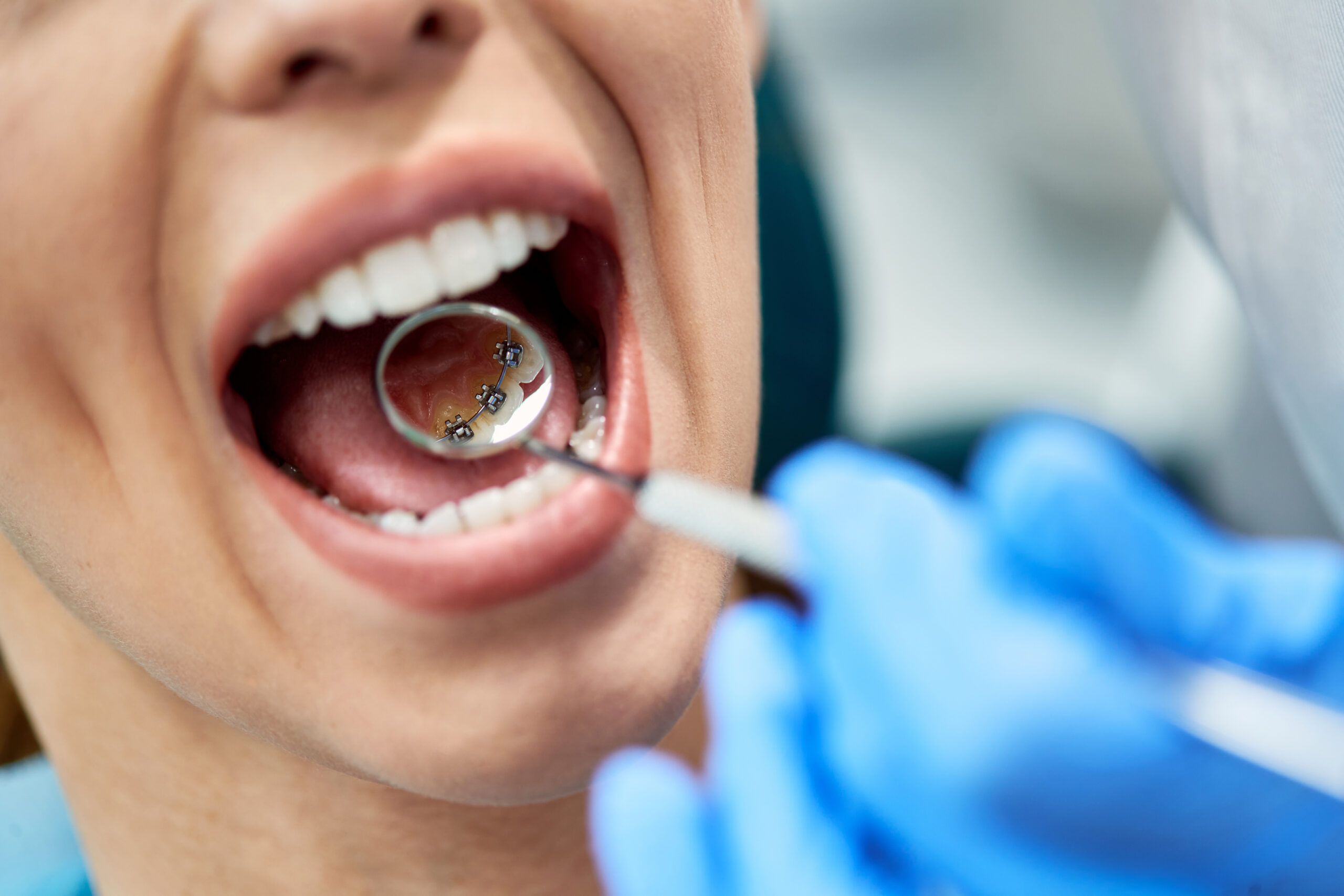Excitement About Legacy Orthodontics
Legacy Orthodontics for Beginners
Table of ContentsA Biased View of Legacy OrthodonticsSome Of Legacy OrthodonticsFacts About Legacy Orthodontics RevealedLegacy Orthodontics Can Be Fun For EveryoneThe Main Principles Of Legacy Orthodontics
In addition, we use adjustable therapy schedules, adaptable payment options and a fun, satisfying experience.An orthodontist is a dental expert educated to detect, stop, and deal with teeth and jaw irregularities. Orthodontists work with people of all ages, from youngsters to adults.
Malocclusion, or misaligned teeth, can cause oral concerns, including dental caries, gum illness, and challenging or unpleasant chewing. However not every person is birthed with straight teeth. If you have a poor bite or large spaces in between your teeth, you might intend to seek advice from a dentist concentrating on orthodontic care.
The Greatest Guide To Legacy Orthodontics
( Image Credit: DigitalVision/Getty Images) Orthodontists use fixed and removable dental tools, like braces, retainers, and bands, to transform the placement of teeth in your mouth. Orthodontic therapy is for oral abnormalities, consisting of: Crooked teethBite issues, like an overbite or an underbiteCrowded teeth or teeth that are also far apartJaw misalignmentThe objective of orthodontic therapy is to enhance your bite.
A healthy and balanced bite guarantees you can consume, chew, and speak correctly. While you may think about orthodontists as primarily for youngsters or teenagers who need dental braces, they can correct oral issues at any age. Orthodontists go to college, oral college, and orthodontic school. After college graduation, they invest 2 or 3 years in an orthodontic residency program.
All orthodontists are dental experts, however not all dental professionals are orthodontists. Orthodontic residency programs offer extensive, concentrated instruction for dental experts. They concentrate on two areas: Just how to appropriately and safely relocate teeth Exactly how to effectively direct advancement in the teeth, jaw, and faceOnce an orthodontist has finished training, they have the alternative to end up being board certified.
Legacy Orthodontics - An Overview
Malocclusion leads to tooth congestion, an irregular jaw, or uneven bite patterns. Malocclusion is normally treated with: Your orthodontist connects steel, ceramic, or plastic square bonds to your teeth.
If you have only minor malocclusion, you might have the ability to utilize clear braces, called aligners, as opposed to typical braces (https://issuu.com/legacyortho). Some individuals need a headwear to help relocate teeth into line with pressure from outside the mouth. After braces or aligners, you'll require to use a retainer. A retainer is a custom-made tool that keeps your teeth in place.
They can produce extra room in the mouth without having to pull teeth. Orthodontists make my latest blog post use of cords, medical screws, or plates to sustain your jaw bone.
You may need to see an orthodontist if you have: Crowding or otherwise enough space for every one of your teethOverbite, when your top teeth come over your base teethUnderbite, when your bottom teeth are also far forwardSpacing or concerns with gapsCrossbite, which is when your top teeth fit behind your bottom teeth when your mouth is closedOpen bite or a vertical void between your front bottom and top teethMisplaced midline, when the center of your bottom and top teeth do not align Dealing with a dental malocclusion can: Make attacking, chewing, and talking easierImprove the symmetry of our face and your general appearanceEase pain from temporomandibular joint conditionsDifferent your teeth and make them simpler to cleanse, assisting prevent dental caries or dental caries It's often a dental professional that first notices misaligned teeth throughout a routine examination.
Legacy Orthodontics Can Be Fun For Everyone

During your first orthodontic appointment, you'll likely have: An oral examPhotos taken of your face and smileDental X-raysPanoramic (360 level) X-rays of your face and headImpressions to create mold and mildews of your teethThese tests will certainly help your orthodontist recognize how to wage your therapy. invisalign. An orthodontist is a dental practitioner that's had training to treat your teeth and jaw
Orthodontists might perform surgery, exams,X-rays,and more to aid you achieve a more comfortable, healthier smile. An orthodontist is focused on your bite, so something like a chipped tooth would certainly be managed by a dental expert. Orthodontists are dental practitioners but not all dental experts are orthodontists. Orthodontists are concentrated on your bite, or the method your teeth meshed, and the straightness of your teeth.
Ever asked yourself just how celebrities constantly seem to have perfectly aligned teeth? The solution typically exists in the experienced hands of an orthodontist. Yet just what does an orthodontist do? Orthodontists are dental experts who concentrate on dealing with abnormalities in the teeth and jaws. Their know-how surpasses simply creating a lovely smile; it reaches enhancing your total oral health and wellness and feature.
An Unbiased View of Legacy Orthodontics

, orthodontists have a varied toolkit at their disposal. These reliable braces utilize a system of brackets bound to the teeth and linked by cables.
Clear aligners, like Invisalign, are a preferred option for individuals seeking a more discreet therapy choice. These detachable trays are customized to gradually change the teeth's position. Headwear may be utilized along with braces or aligners to use extra targeted forces, specifically for dealing with jaw disparities. In situations of narrow jaws, palatal expanders can be used to create room for correct tooth placement.